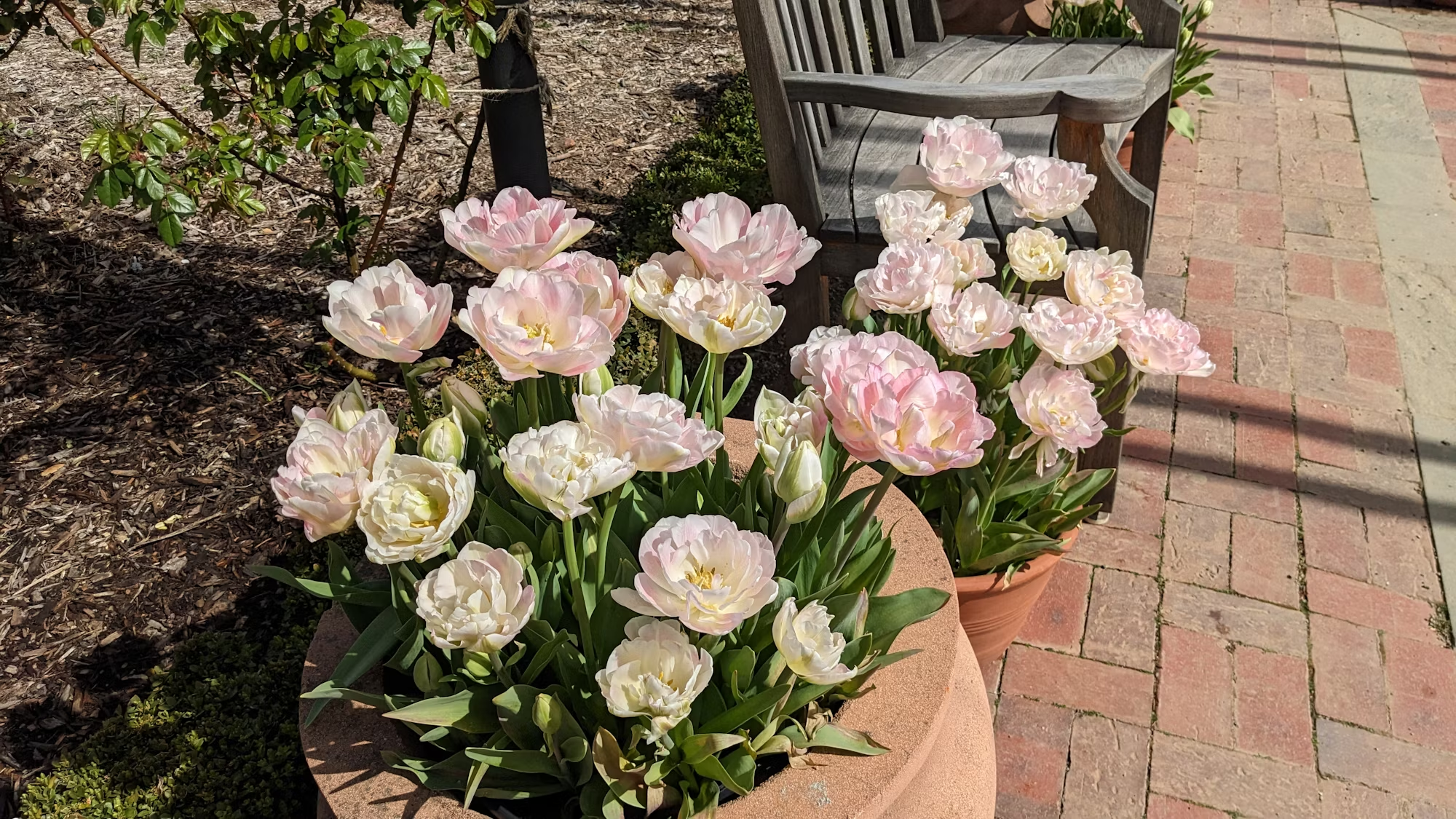Effective communication is the cornerstone of any successful relationship. Whether in romantic partnerships, friendships, or family ties, the ability to express thoughts and feelings clearly and listen actively can transform interactions and foster deeper connections. This article delves into the art of meaningful communication, offering practical strategies to enhance connection and understanding between partners. At its core, meaningful communication involves more than just exchanging words. It encompasses the emotions, intentions, and contexts behind those words. To truly connect with someone, it’s essential to approach conversations with empathy and openness. One of the first steps in cultivating meaningful communication is practicing active listening. This means fully engaging with the speaker, making eye contact, and being present in the moment. When we listen actively, we demonstrate respect for the other person’s perspective, making them feel valued and understood. Paraphrasing what the other person has said can also show that you are paying attention and care about their feelings. For example, if a friend expresses frustration about work, responding with, “It sounds like you’re feeling overwhelmed with your workload,” validates their emotions and encourages them to share more. Additionally, creating a safe space for open dialogue is crucial for fostering effective communication. Partners should feel comfortable expressing their thoughts and emotions without fear of judgment or criticism. Establishing ground rules for discussions can help maintain a respectful atmosphere. For instance, agreeing to avoid interrupting each other and allowing time for processing feelings can lead to more productive conversations. Furthermore, the timing of discussions plays a significant role in communication effectiveness. Addressing sensitive topics when both partners are calm and focused can prevent misunderstandings. If emotions are running high, it may be more beneficial to take a break and revisit the conversation later. Acknowledging each other’s emotional state can lead to more constructive discussions. Nonverbal communication also significantly impacts how messages are received. Body language, facial expressions, and tone of voice can convey emotions and intentions that words alone may not fully express. Being aware of your own nonverbal cues, as well as those of your partner, can enhance understanding. For instance, crossing arms or avoiding eye contact might signal defensiveness or discomfort, while open posture and warm expressions can foster a sense of safety. Practicing self-awareness in this regard can improve how you communicate and interpret messages. Furthermore, being mindful of the language you use is essential. Choosing words carefully can help convey your feelings without causing defensiveness in others. For instance, using “I” statements can express personal feelings without placing blame. Instead of saying, “You never listen to me,” try, “I feel unheard when I don’t receive feedback.” This approach encourages dialogue rather than defensiveness, paving the way for more meaningful exchanges. Honesty and transparency are also vital components of effective communication. Being open about your thoughts, feelings, and needs fosters trust and intimacy between partners. When individuals share their vulnerabilities, it encourages reciprocation, deepening the connection. However, it’s important to approach honesty with sensitivity; expressing feelings in a constructive manner can prevent misunderstandings. Moreover, embracing vulnerability can strengthen the bond between partners. Sharing fears, insecurities, and aspirations creates a sense of closeness that can be transformative for relationships. For example, discussing future goals or concerns about commitment can pave the way for mutual understanding and support. As partners navigate these conversations, they can collaboratively work toward shared aspirations, reinforcing their connection. Additionally, it’s crucial to address conflicts with a constructive mindset. Disagreements are natural in any relationship, but how they are handled can either strengthen or weaken the bond. Approaching conflicts with a problem-solving attitude rather than a combative one fosters collaboration. Using techniques such as taking turns speaking, validating each other’s feelings, and brainstorming solutions together can lead to positive outcomes. Sometimes, seeking external help, such as couples therapy or mediation, can also provide tools and strategies for improving communication. Emphasizing the importance of gratitude within relationships can significantly enhance communication dynamics. Expressing appreciation for one another fosters positivity and reinforces the desire to communicate effectively. Regularly acknowledging the small gestures or efforts made by partners can create an atmosphere of encouragement, leading to more open and honest dialogue. For instance, saying, “I really appreciate how you listened to me yesterday,” can motivate continued efforts in active listening. Additionally, utilizing technology wisely can support meaningful communication, especially in long-distance relationships. Video calls, voice messages, and texts can bridge the gap when in-person communication isn’t feasible. Sending thoughtful messages or sharing daily experiences through photos can help maintain connection despite physical distance. However, it’s essential to strike a balance; excessive reliance on digital communication can lead to misunderstandings and a lack of emotional depth. Finally, practicing patience and understanding is crucial for cultivating meaningful communication. Recognizing that each partner has their own communication style and preferences can foster a sense of respect. Being patient during discussions, especially when discussing sensitive topics, allows for deeper exploration and understanding. As partners navigate the complexities of communication, it’s essential to celebrate successes and learn from challenges together. In conclusion, meaningful communication is an art that requires practice, intention, and empathy. By actively listening, creating a safe space for dialogue, being mindful of nonverbal cues, and embracing vulnerability, partners can foster deeper connections. Honesty, gratitude, and constructive conflict resolution are key elements in enhancing communication dynamics. As individuals invest in cultivating meaningful exchanges, they pave the way for healthier, more fulfilling relationships. Ultimately, the journey of improving communication is a shared endeavor that enriches connections and nurtures love.





